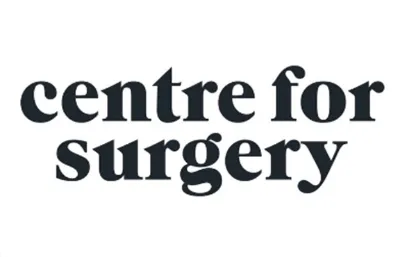Find A Verified Clinic
Trusted Genioplasty (Chin Surgery) Experts, Local to You
Easily connect with qualified, verified professionals for safe, reliable treatment.


111 Harley St.
111 Harley Street, London, W1G 6AW
~1.7 miles away
111 Harley St. Accreditations:

Centre For Surgery
95-97 Baker Street, Marylebone, London, W1U 6RN
~2.1 miles away
Centre For Surgery Accreditations:
- Association of Facial Aesthetics (CODE AFA)
- British Association of Cosmetic Surgeons (BACS)
- British College Of Aesthetic Medicine (BCAM)
- British Medical Association
- Care Quality Commission (CQC)
- European Academy of Facial Plastic Surgery
- General Medical Council (GMC)
- International Society of Aesthetic Plastic Surgery (ISAPS)
- Royal College of Anaesthetists
- Royal College of Surgeons of England
- The Royal Society of Medicine
- UK Association of Aesthetic Plastic Surgery (UKAAPS)
- World Society of Anti-Aging Medicine (WOSAAM)
Explore Clinics Near You on the Map
See exactly where verified Genioplasty (Chin Surgery) clinics are located across Camden Town.
Zoom in, pan around, and click any marker to view each clinic’s profile, read reviews, and check their credentials before you book.

Your Genioplasty (Chin Surgery) Questions
Real Questions from Real People, Answered
Straightforward answers to the questions people like you are asking right now about Genioplasty (Chin Surgery).

Minimally invasive sliding genioplasy
I've just been reading about a sliding genioplasy technique with vertical incision that maintains the mentalis muscle intact. Is this now standard? I'm nervous about any change in sensation. Do you practice this method? Thankyou
How to extract fat and foreign substances from front chin(mentolabial)
How to extract fat and foreign substances from front chin (mentolabial), a mix of fat injections and possibly some kind of steroid. Needs to be surgically removed.
To view all the Genioplasty (Chin Surgery) questions, please click here.
Or click here to ask your own question.
Stay Informed with the Latest Aesthetic News & Offers
Join our free newsletter to receive updates on the latest treatments, safety guidance, and exclusive clinic offers near you.
No spam, just expert insights and trusted advice from the UK’s leading aesthetics directory.

